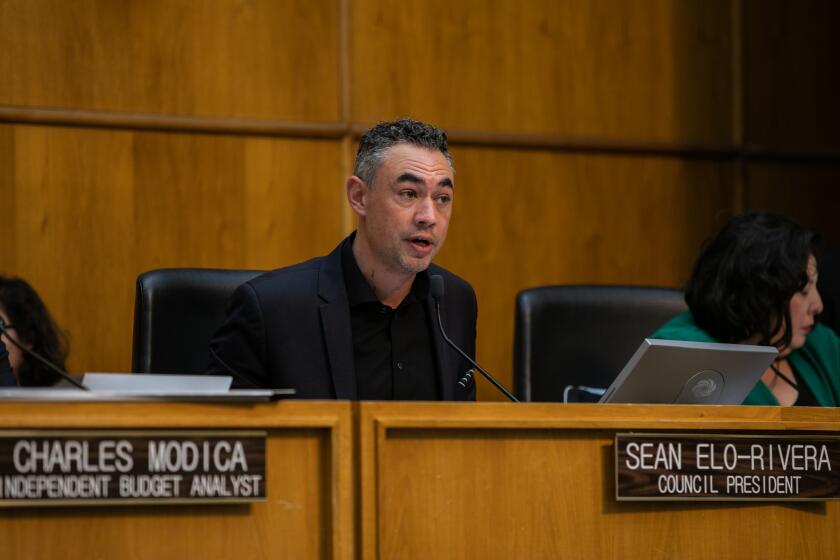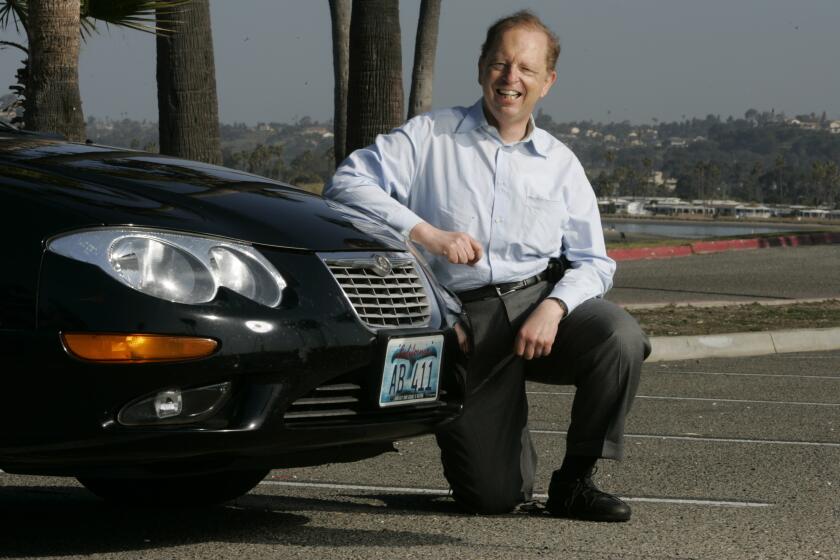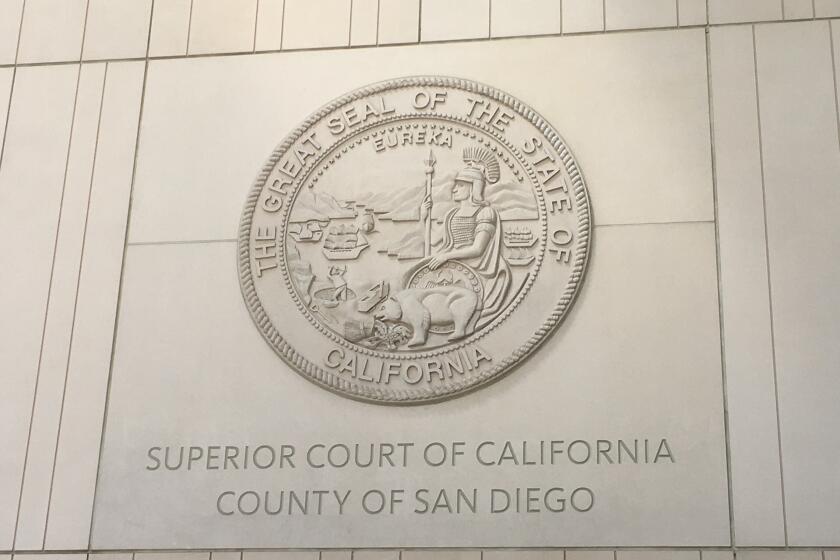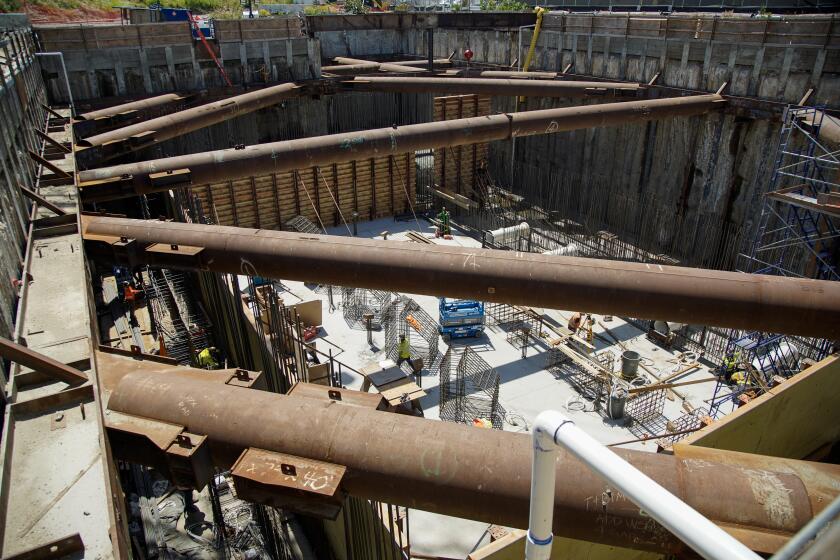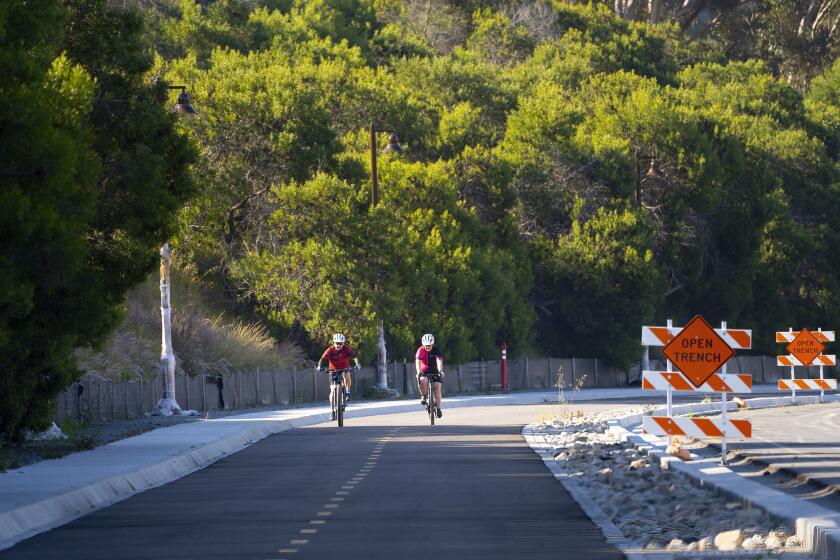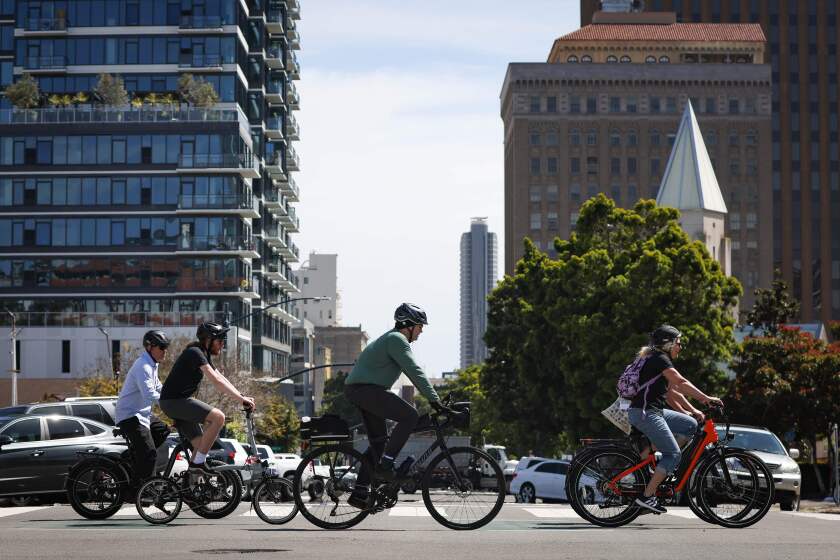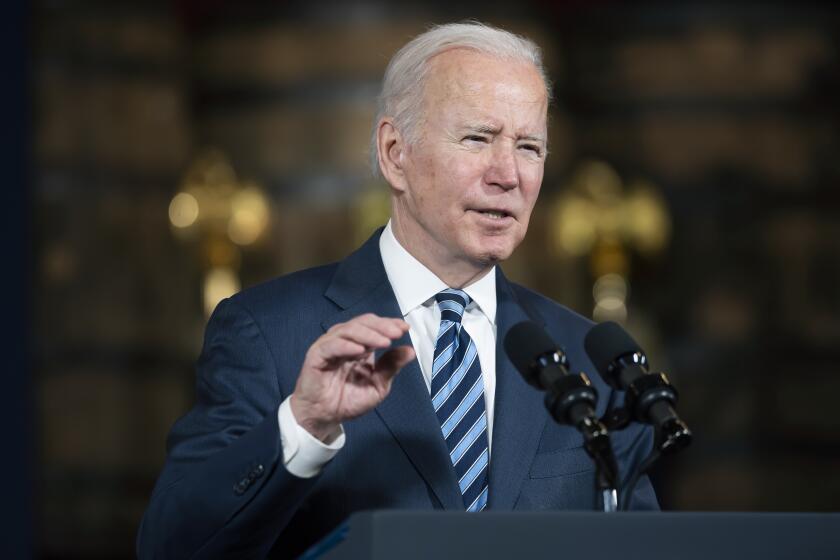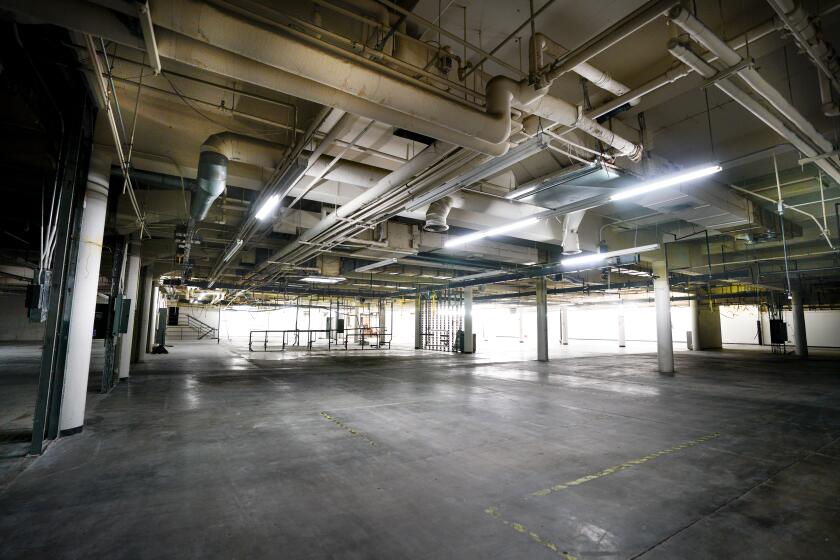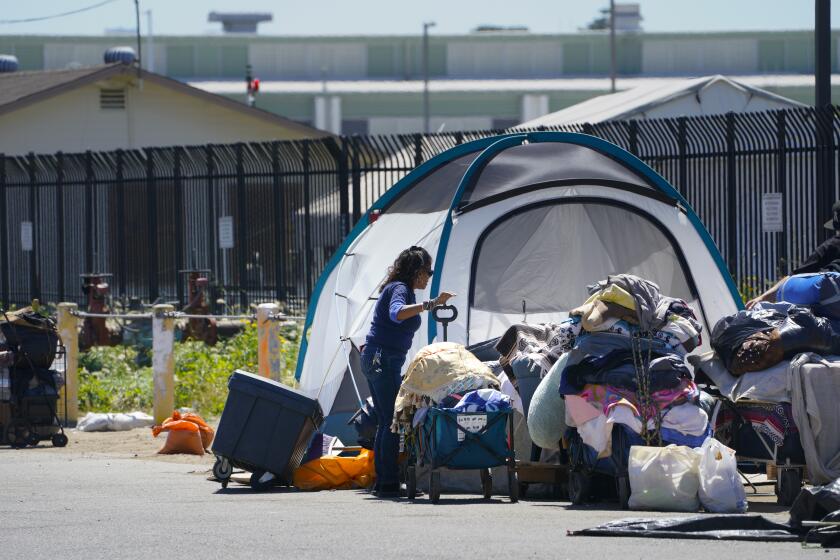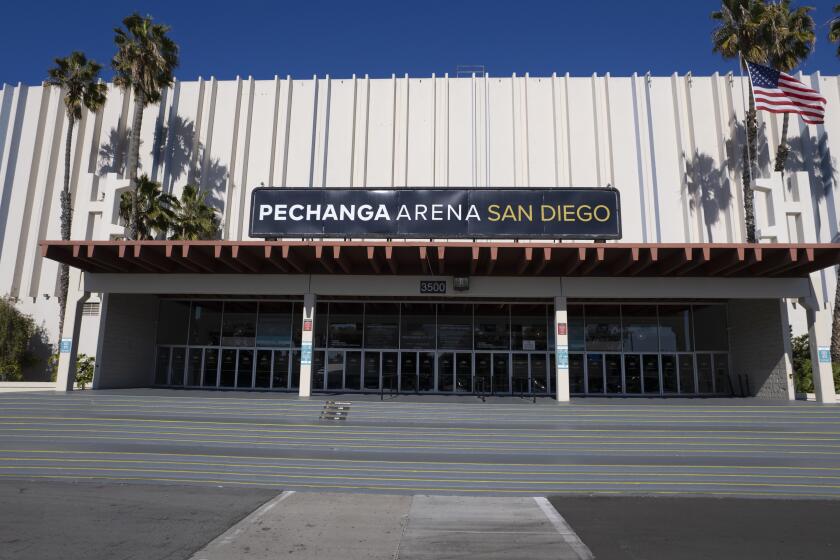Mayor Gloria launching new ‘Bridge to Home’ gap financing program to spur housing construction
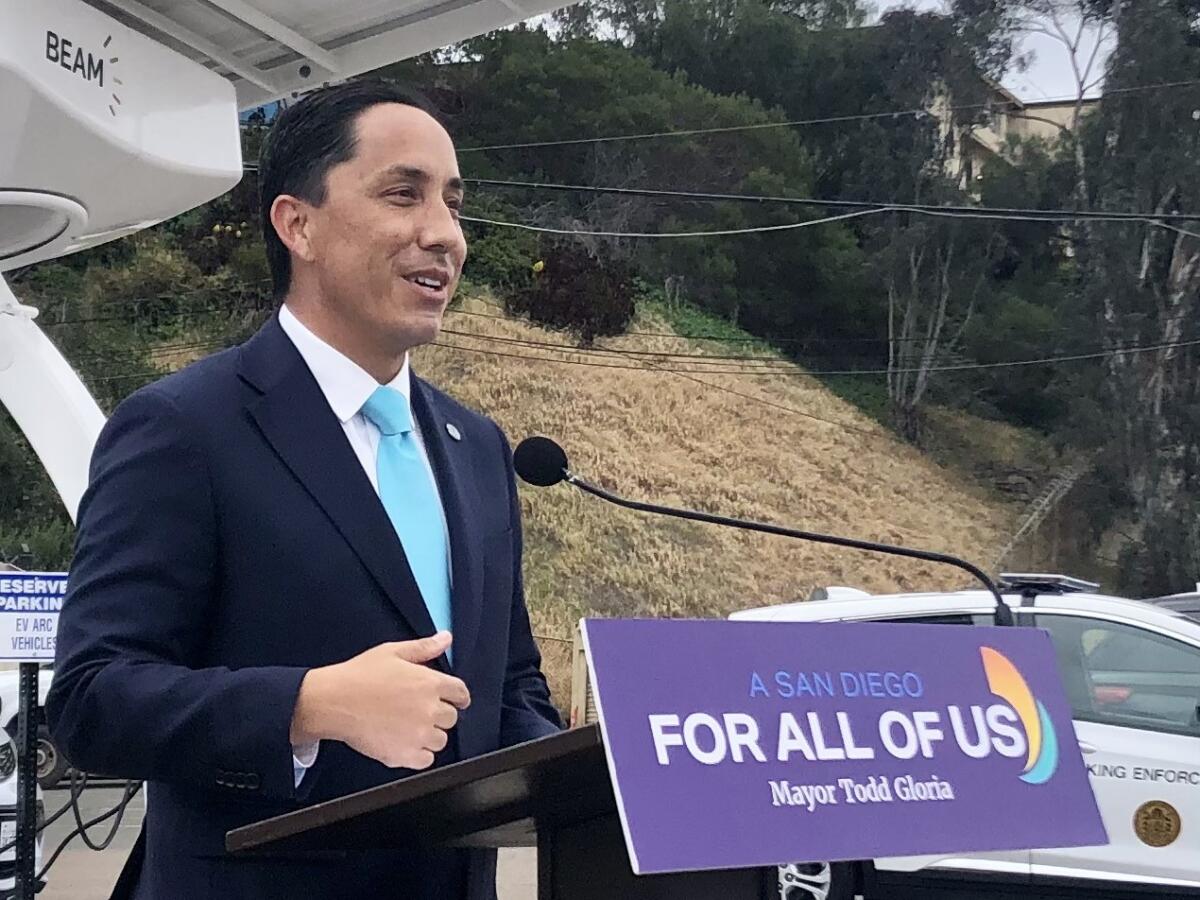
Pooling millions from three separate financial pots, city is providing money for 7 new projects with 662 units
Mayor Todd Gloria is proposing seven new low-income housing projects across San Diego that the city is making financially feasible with a new program the mayor calls “Bridge to Home.”
Gloria is pooling many millions from three pots of money to come up with “gap financing” to help developers build projects that previously had not been financially feasible.
This story is for subscribers
We offer subscribers exclusive access to our best journalism.
Thank you for your support.
The money, which will come in waves, including a first wave of $33 million, is special state housing money, federal money for low-income residents, and sales proceeds from properties owned by the city’s former redevelopment agency.
“We are combining a variety of funding sources to get more bang for our buck,” the mayor said during a phone interview last week. “We are trying to do absolutely everything we can to solve the complex problems of homelessness and housing affordability.”
The projects include building 662 units of low-income housing across four neighborhoods: three projects in San Ysidro, two downtown and one each in City Heights and Rancho Bernardo.
The first project will come to the City Council for approval next week, with the other six following quickly in coming weeks. Each project is expected to break ground either this year or in early 2023, with all of them built by summer 2024.
Nearly one third of the units — 193 — will be reserved for people who have formerly been homeless. And 35 units will be reserved for people with mental illnesses.
The city’s Economic Development Department, which is coordinating the new gap financing program, said the new units could help people struggling with housing insecurity or job loss in the wake of the COVID-19 pandemic.
“The timing of this could not be better,” said Monica Hardman, the city’s deputy director of economic development. “This is the city’s opportunity to have some extra investment into this much-needed area.”
Hardman estimates that the total amount of funding for Bridge to Home will exceed $80 million, but the amount of future contributions from the state, the federal government and the city’s former redevelopment agency are uncertain.
The state money comes from Senate Bill 2, which provided funding to cities to help fight homelessness and housing insecurity. The money is called Permanent Local Housing Allocation funding.
Despite the demise of redevelopment agencies across California a decade ago, San Diego still continually receives money from its former redevelopment agency when properties owned by the defunct agency are sold.
The city plans to announce a second wave of gap financing later this spring that Hardman expects to be between $15 million and $20 million.
A third wave could be announced as early as this summer, with a fourth expected next year, Hardman said.
City officials selected 15 low-income housing developers for the program last year. The seven projects were chosen from 16 proposals those developers submitted that would require nearly $90 million total in gap financing.
Hardman said the city is likely to choose subsequent projects for Bridge to Home from the list that has already been submitted.
Mayor Gloria said the new units are a small step toward helping San Diego build about 100,000 units of new housing needed to meet its state obligations.
“Adding 662 units is not going to solve the problem, but it’s a big chunk,” the mayor said. “You’ve got to put every iron you have in the fire.”
Gloria said the annual homeless count held last month is expected to have found about 8,000 unsheltered people, but he stressed that as many as 500,000 San Diegans can’t afford the kind of housing they want or need.
He said these seven projects are part of a giant puzzle city and state officials are putting together to incrementally shrink the problem.
“There aren’t enough rungs in the middle of the housing ladder in San Diego,” Gloria said. “But we can’t complain; we’ve got to do stuff.”
Gloria noted that each project will be built by a veteran developer and help stimulate the economy, in addition to providing crucial housing.
The seven projects are 108 units at 17th and Commercial streets, 101 units in San Ysidro called Ventana al Sur, 100 units called Iris at San Ysidro, 100 units called the Beyer Boulevard Trolley Village, 100 units in Rancho Bernardo, 88 units on downtown’s Cortez Hill and 65 units on 43rd Street in City Heights.
“San Diegans must have access to homes that don’t leave them on the edge of a financial cliff every month,” said City Council President Sean Elo-Rivera. “This program is exactly what our city needs to help us address our housing-affordability and homelessness crises. I look forward to creating these affordable homes as quickly as possible.”
Get Essential San Diego, weekday mornings
Get top headlines from the Union-Tribune in your inbox weekday mornings, including top news, local, sports, business, entertainment and opinion.
You may occasionally receive promotional content from the San Diego Union-Tribune.

